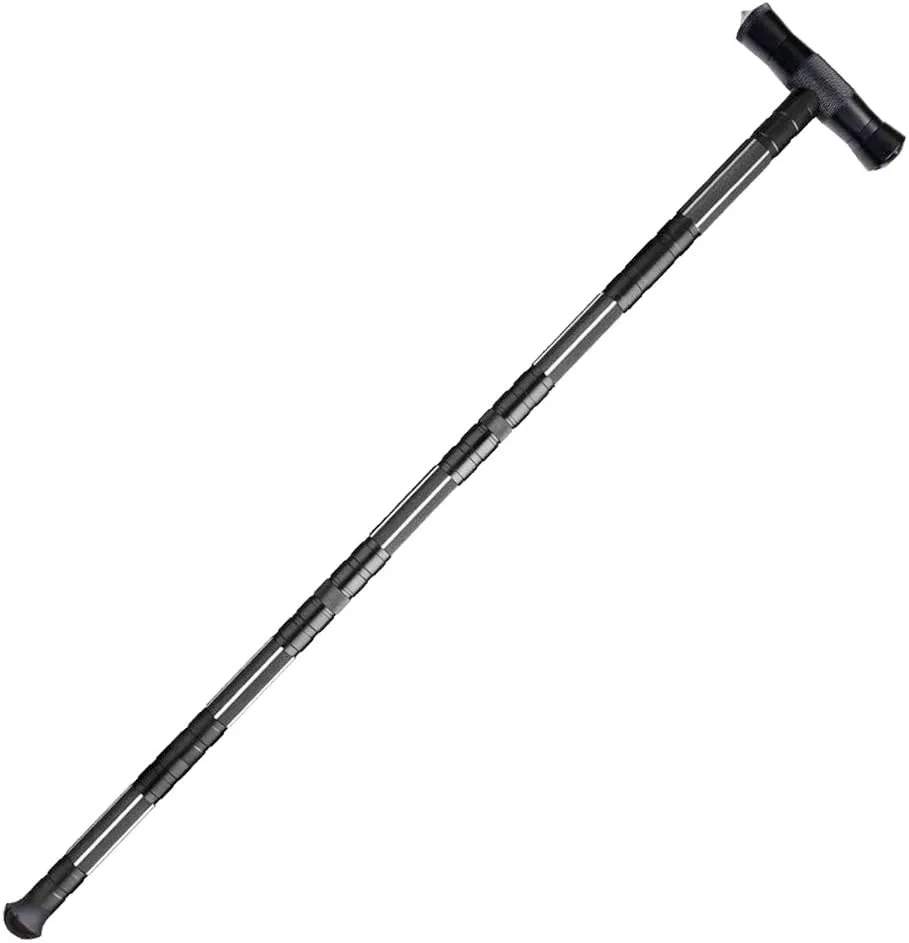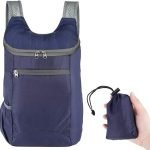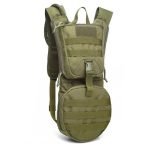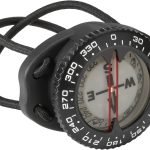Walking and hiking sticks have become essential tools for outdoor enthusiasts, providing support, stability, and confidence on various terrains. Whether you are trekking through rugged mountains, navigating forest trails, or simply taking a stroll in your local park, a high-quality walking stick can enhance your experience. In this article, we will explore the benefits of using a walking and hiking stick, key features to consider when selecting one, and tips for effectively using and maintaining your stick for optimal performance.
The Benefits of Using a Walking and Hiking Stick
Investing in a walking or hiking stick can significantly enhance your outdoor adventures. Here are some key benefits:
- Improved Stability and Balance
One of the most significant advantages of using a walking stick is the added stability it provides. Whether traversing rocky paths or steep inclines, a hiking stick can help you maintain your balance and prevent falls. This is particularly important for individuals with mobility issues or those who may be prone to falls. By utilizing the stick for support, you can navigate challenging terrain with greater confidence.
Additionally, a walking stick can help distribute your weight more evenly, reducing strain on your legs and joints. This is especially beneficial during long hikes, where fatigue can set in. By providing extra support, a hiking stick allows you to hike longer and enjoy the journey without discomfort.
- Reduced Strain on Joints
Walking and hiking can be hard on the joints, particularly the knees. A high-quality walking stick helps to reduce the impact on your joints by allowing you to transfer some of your weight to the stick. This is particularly useful when going downhill, where the force on your knees can be significant. By using a walking stick, you can decrease the amount of stress placed on your joints, potentially preventing injuries and enhancing your overall comfort.
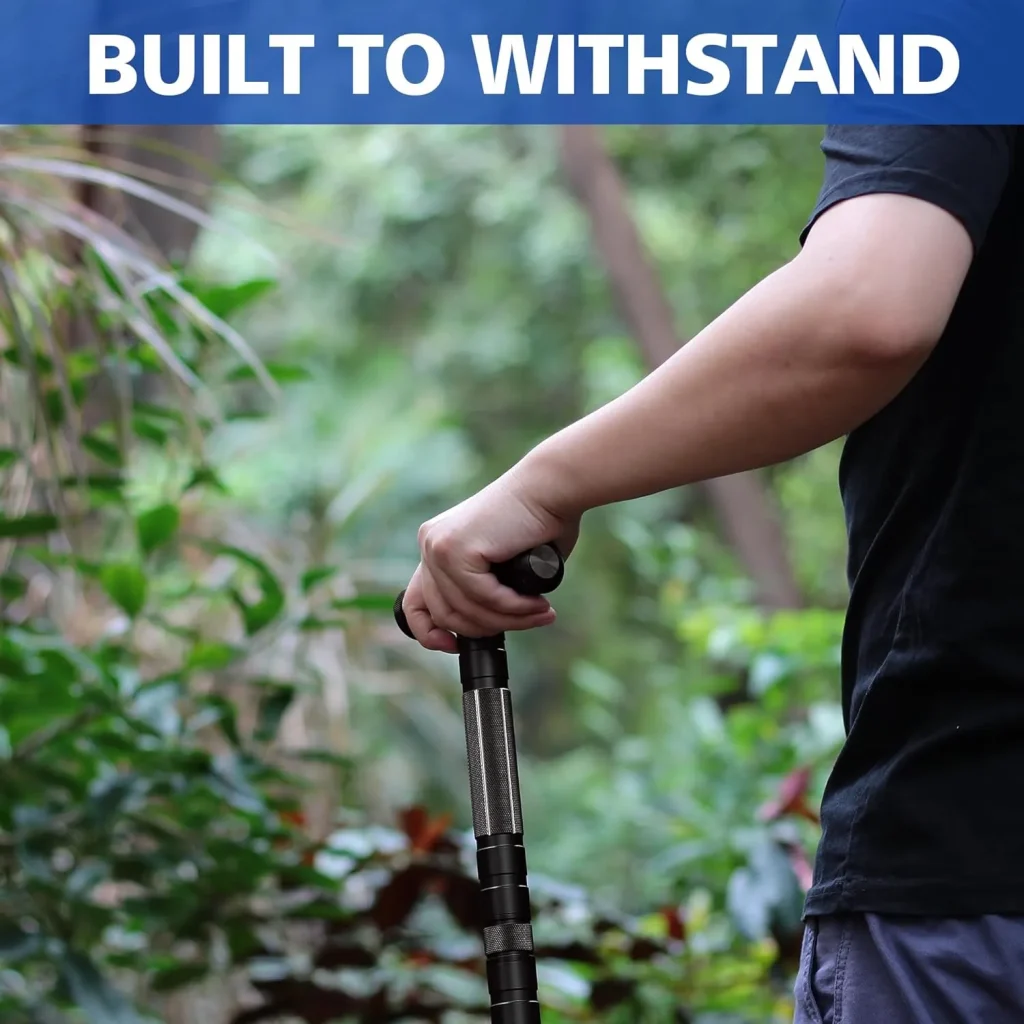
Original price was: $96.00.$76.80Current price is: $76.80.Add to cart
Moreover, the use of a walking stick can promote better posture. By keeping your back straight and using the stick for support, you can maintain a more aligned and balanced stance, reducing the risk of strain and discomfort.
- Enhanced Endurance and Performance
For those who enjoy long hikes or treks, a walking stick can be a game-changer. By providing additional support, you can conserve energy and improve your endurance. This is particularly beneficial on steep ascents or challenging terrains, where every bit of support can make a difference.
Furthermore, using a walking stick can enhance your overall performance. Many hikers find that they can maintain a steadier pace and cover more ground when using a stick. This can lead to a more enjoyable hiking experience, allowing you to focus on the scenery and the journey rather than the physical exertion.
Key Features to Consider When Selecting a Walking and Hiking Stick
When choosing the right walking or hiking stick, there are several features to consider to ensure you select one that meets your needs. Here are some essential factors to keep in mind:
- Material and Construction
The material and construction of the walking stick play a significant role in its durability and performance. Common materials include aluminum, carbon fiber, and wood.
Aluminum is lightweight and durable, making it a popular choice for hiking poles. It can withstand rough use and is generally more affordable.
Carbon fiber is even lighter and offers excellent shock absorption, making it suitable for those who prioritize weight savings. However, it can be more expensive and may not be as durable as aluminum in extreme conditions.
Wooden sticks offer a classic look and feel but can be heavier and less adjustable compared to modern materials.
Consider the type of hiking you will be doing and choose a material that aligns with your needs for weight, durability, and budget.
- Adjustability and Length
An adjustable walking stick allows for customization to fit your height and the terrain you are traversing. Look for sticks with a locking mechanism that ensures stability while hiking. The general rule for fitting a walking stick is that when you hold it, your elbow should be at a 90-degree angle.

Original price was: $96.00.$76.80Current price is: $76.80.Add to cart
Having the option to adjust the length also makes it easier to navigate different terrains. For example, you may want a shorter stick when hiking uphill and a longer stick when going downhill. This adaptability can enhance your comfort and performance on the trail.
- Grip and Handle Design
The grip and handle of the walking stick are crucial for comfort, especially during long hikes. Look for ergonomic designs that fit comfortably in your hand and provide a secure hold. Foam or rubber grips are excellent for absorbing sweat and preventing slipping, while cork grips offer a more natural feel and can wick moisture away.
Additionally, consider whether the stick has a wrist strap. A wrist strap can provide extra security, ensuring that you don’t drop the stick while in use. This feature can be especially beneficial when traversing tricky terrains where a secure grip is paramount.
Tips for Using and Maintaining Your Walking and Hiking Stick
Once you have selected the perfect walking or hiking stick, it’s essential to use and maintain it properly to ensure optimal performance. Here are some tips to keep in mind:
- Practice Proper Technique
Using a walking stick effectively requires some practice. When hiking, plant the stick ahead of you as you step forward, using it to help propel you and maintain balance. When going uphill, you may want to use the stick for support, while on downhill sections, use it to absorb impact and stabilize your descent.
Be mindful of your posture while using the stick. Keep your back straight and engage your arms and legs in a coordinated movement to maximize the benefits of the stick. This technique will help you maintain energy and reduce fatigue.
- Regularly Inspect Your Stick
To ensure your walking stick remains in good condition, regularly inspect it for any signs of wear and tear. Check the locking mechanisms, grips, and overall construction for any damage. If you notice any issues, address them promptly to prevent further damage and ensure your safety.
Additionally, clean your walking stick after use, especially if it has been exposed to mud, water, or salt. Wipe it down with a damp cloth and allow it to dry completely before storing it. This maintenance will help prolong the life of your equipment.
- Store Properly
When not in use, store your walking stick in a cool, dry place away from direct sunlight. Avoid leaving it in the trunk of your car or exposed to extreme temperatures, as this can degrade the materials over time. If your stick is adjustable, collapse it to save space and protect its components.
In conclusion, a high-quality walking and hiking stick is an invaluable tool for outdoor enthusiasts, providing stability, reducing joint strain, and enhancing endurance. By considering key features such as material, adjustability, and grip design, you can select the perfect stick for your adventures. With proper technique and maintenance, your walking stick can become an essential companion on all your hiking journeys, helping you explore the great outdoors with confidence and comfort. Embrace the freedom of movement that a walking stick offers, and enjoy the beauty of nature with every step you take!


